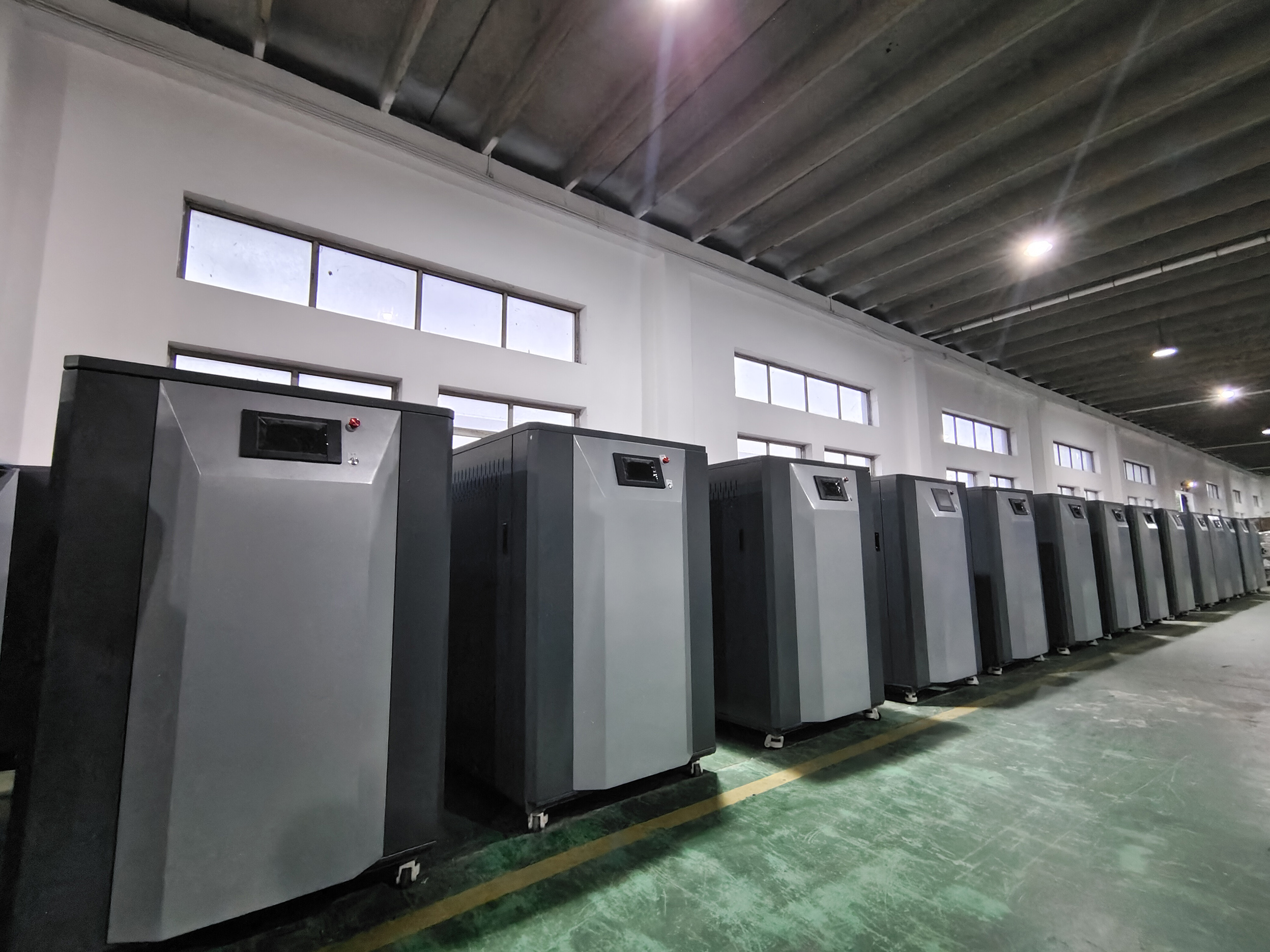- Afrikaans
- Albanian
- Amharic
- Arabic
- Armenian
- Azerbaijani
- Basque
- Belarusian
- Bengali
- Bosnian
- Bulgarian
- Catalan
- Cebuano
- China
- China (Taiwan)
- Corsican
- Croatian
- Czech
- Danish
- Dutch
- English
- Esperanto
- Estonian
- Finnish
- French
- Frisian
- Galician
- Georgian
- German
- Greek
- Gujarati
- Haitian Creole
- hausa
- hawaiian
- Hebrew
- Hindi
- Miao
- Hungarian
- Icelandic
- igbo
- Indonesian
- irish
- Italian
- Japanese
- Javanese
- Kannada
- kazakh
- Khmer
- Rwandese
- Korean
- Kurdish
- Kyrgyz
- Lao
- Latin
- Latvian
- Lithuanian
- Luxembourgish
- Macedonian
- Malgashi
- Malay
- Malayalam
- Maltese
- Maori
- Marathi
- Mongolian
- Myanmar
- Nepali
- Norwegian
- Norwegian
- Occitan
- Pashto
- Persian
- Polish
- Portuguese
- Punjabi
- Romanian
- Russian
- Samoan
- Scottish Gaelic
- Serbian
- Sesotho
- Shona
- Sindhi
- Sinhala
- Slovak
- Slovenian
- Somali
- Spanish
- Sundanese
- Swahili
- Swedish
- Tagalog
- Tajik
- Tamil
- Tatar
- Telugu
- Thai
- Turkish
- Turkmen
- Ukrainian
- Urdu
- Uighur
- Uzbek
- Vietnamese
- Welsh
- Bantu
- Yiddish
- Yoruba
- Zulu
Nov . 22, 2024 02:21 Back to list
sand cast aluminum
The Role of Sand Cast Aluminum in Modern Manufacturing
In the world of manufacturing, aluminum stands out as one of the most versatile and widely used materials. Its combination of lightweight properties, strength, and resistance to corrosion makes it an ideal choice for various applications. Among the various methods of shaping aluminum, sand casting is one of the oldest and most effective techniques that continues to thrive in modern manufacturing.
What is Sand Casting?
Sand casting is a process that involves creating a mold from a mixture of sand and a binding agent. This mold is then used to hold molten aluminum, allowing it to take shape as it cools and solidifies. The process begins with the creation of a pattern, often made from metal or plastic, which replicates the desired final product. This pattern is then encased in sand, forming the mold cavity.
One of the significant advantages of sand casting is its affordability and flexibility. Unlike more advanced techniques, such as die casting or investment casting, sand casting does not require expensive machinery or tooling. This makes it an appealing option for small to medium-sized production runs, prototypes, and custom projects.
Advantages of Sand Cast Aluminum
1. Cost-Effectiveness Sand casting requires less initial investment compared to other casting methods. The materials used for the molds—primarily sand—are inexpensive and widely available. This is particularly beneficial for startups and small businesses looking to create parts without significant financial risk.
2. Complex Shapes and Sizes Sand casting can accommodate a wide range of sizes and complex geometries. It is particularly suitable for casting large, intricate components that would be challenging to produce through other methods. The flexibility of the sand mold allows for diverse designs and configurations, leading to innovative product development.
sand cast aluminum

3. Material Properties Sand cast aluminum exhibits excellent mechanical properties. The casting process results in a fine grain structure, which enhances the overall strength and durability of the component. This makes it appropriate for demanding applications, such as automotive parts, aerospace components, and industrial machinery.
4. Recyclability Aluminum is highly recyclable, and this aspect is beneficial in sand casting applications. Post-production scrap can be melted down and reused for new castings, contributing to sustainability efforts and reducing waste in manufacturing processes.
Applications of Sand Cast Aluminum
The versatility of sand cast aluminum makes it suitable for various industries. In the automotive sector, components such as engine blocks, cylinder heads, and transmission cases are often produced using sand casting techniques. These parts require both durability and precision, qualities that sand cast aluminum delivers effectively.
In the aerospace industry, where weight reduction without compromising strength is critical, sand cast aluminum parts are commonly used in structural and non-structural applications. Additionally, the marine industry benefits from sand cast aluminum due to its corrosion-resistant properties, making it an excellent choice for components exposed to harsh environments.
Conclusion
In conclusion, sand cast aluminum plays a pivotal role in modern manufacturing, combining cost-effectiveness with versatility and superior material properties. Its ability to produce complex shapes, coupled with the ease of recycling, makes it an attractive option for various industries. As technology continues to evolve, sand casting remains a critical method for production, ensuring that manufacturers can meet the diverse needs of their customers effectively. With the ongoing advancements in materials and processes, the future of sand cast aluminum looks promising, continuing to support innovation across multiple sectors.
-
Premium Cast Iron Water Main Pipe: Durable, Corrosion-Resistant
NewsAug.03,2025
-
Durable Cast Iron Water Mains | AI-Optimized Systems
NewsAug.02,2025
-
High-Efficiency Propane Boiler for Baseboard Heat | Save Energy
NewsAug.01,2025
-
Premium Source Suppliers for Various Gray Iron Castings
NewsJul.31,2025
-
Durable Cast Iron Water Main Pipes | Long-Lasting
NewsJul.31,2025
-
High-Quality Cast Iron Water Main Pipe for Durable Infrastructure
NewsJul.30,2025


